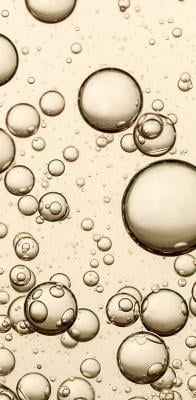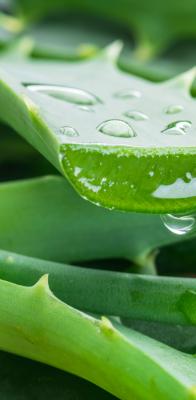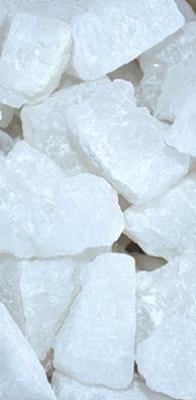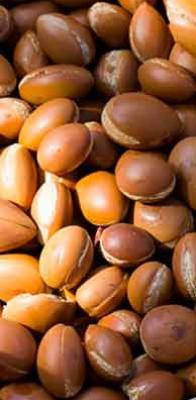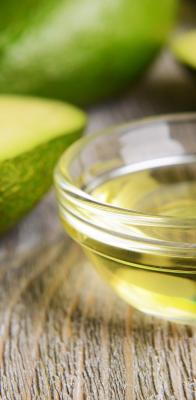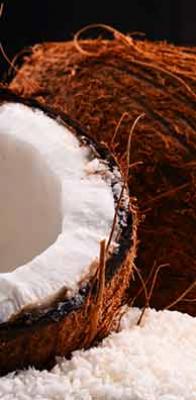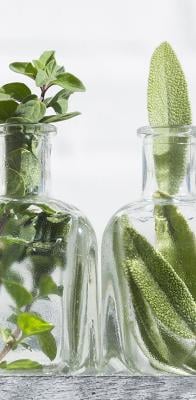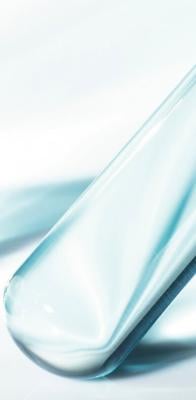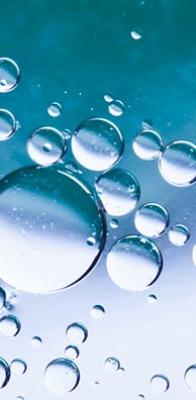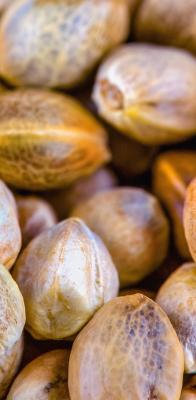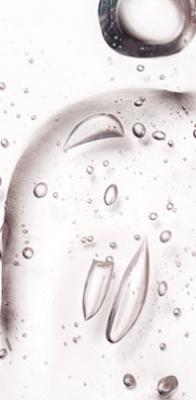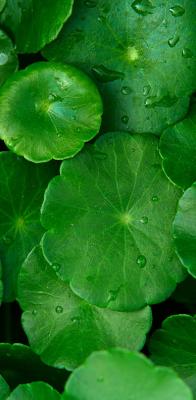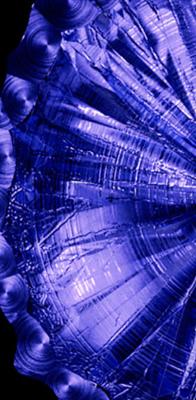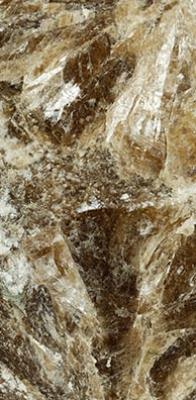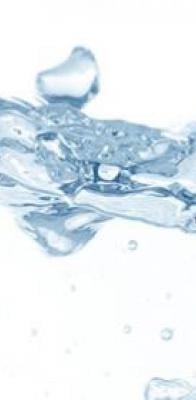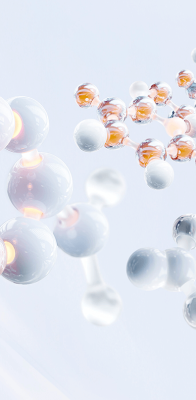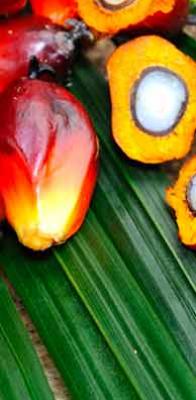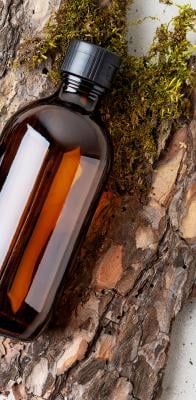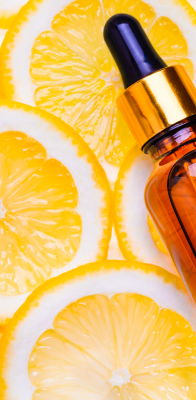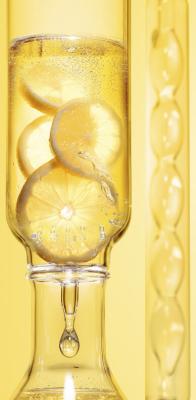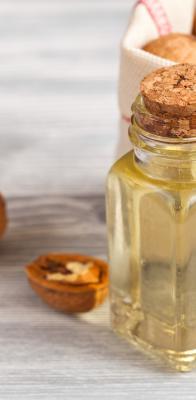What is squalane?
Widely used in make-up and skincare, squalane is a moisturising and emollient ingredient known for its special sensorial properties, enabling the formulation of light, non-greasy textures.
Squalene is one of the constituents of the sebum we naturally produce to keep the skin hydrated and protect it from external stress.
Due to its structure, which is almost identical to the squalene in the skin, squalane plays the same role and has a very high affinity with the skin.
Where does it come from?
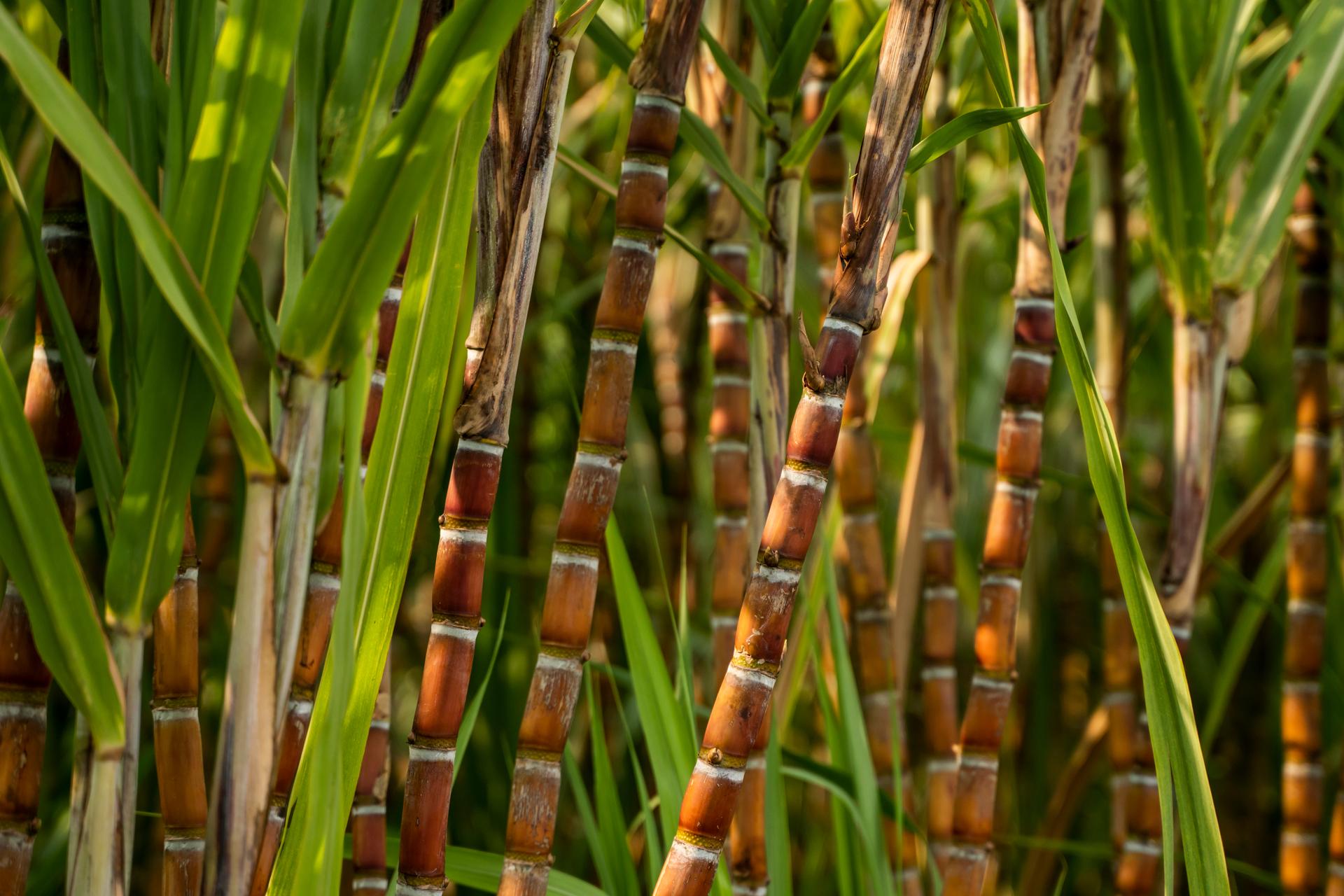
Squalane has long been of animal or petrochemical origin.
At L'Oréal, none of the squalane we use is of petrochemical or animal origin. We use squalane derived from olive oil and sugar cane.
These two production processes enable us to obtain a renewable raw material that is 100% biosourced and easily biodegradable .
Squalane from olive oil, one of the vegetable oils with the highest squalene content, is obtained through the hydrogenation of fatty acids.
An alternative method of obtaining squalane is to produce it from sugar cane. This process uses a biotechnological fermentation process. Saccharose from sugar cane is fermented to produce a molecule called farnesene, which is naturally present in certain plants such as orange trees and rose bushes. Then, after a series of chemical reactions, squalane is obtained.
It is important to note that the sugar used comes from sugar cane fields located in Brazil, far from the Amazon rainforest. These fields require no irrigation and are managed by a not-for-profit organisation that promotes environmentally friendly sugar cane cultivation in a number of countries around the world. This method, which combines biotechnology and green chemistry, reduces the amount of agricultural land required. For example, one hectare of sugar cane can produce 2.5 tonnes of squalane, while one hectare of olive trees produces just 50 kg.
Over the years, the supply of squalane has evolved in line with technological advances and environmental challenges. This approach is helping to make our raw materials portfolio greener, combining performance and sustainability.
What is it used for?
Squalane is a colourless, odourless, stable emollient that is well tolerated by the skin.
Moreover, squalane is a unique alternative to more traditional oils, combining sensory appeal, hydration and stability.
-
Moisturises
-
Adds a light, non-greasy texture to formulae
-
Antioxidant
How does it work*?
Because of its very high affinity with the skin, like squalene, squalane is a substance that is easily absorbed by the skin, leaving no greasy residue. It acts as a regulator for the skin's elasticity and suppleness.
Being an emollient, squalane improves skin hydration by forming a barrier on the skin's surface. It is also reputed to help keep moisture in the skin's outer layer, known as the stratum corneum.
Furthermore, when human skin is exposed to sunlight, a process of lipid peroxidation is triggered in the skin layer, which can damage the skin. However, squalane plays a protective role by preventing lipid peroxidation caused by exposure to UV rays and other factors leading to oxidative stress.
Squalane thus also has antioxidant properties. It is able to resist peroxidation, helping to protect the skin against the damaging effects of free radicals.
Kim, S. K., & Karadeniz, F. (2012). Biological importance and applications of squalene and squalane. Advances in food and nutrition research, 65, 223–233. https://doi.org/10.1016/B978-0-12-416003-3.00014-7
How is it used in our products?
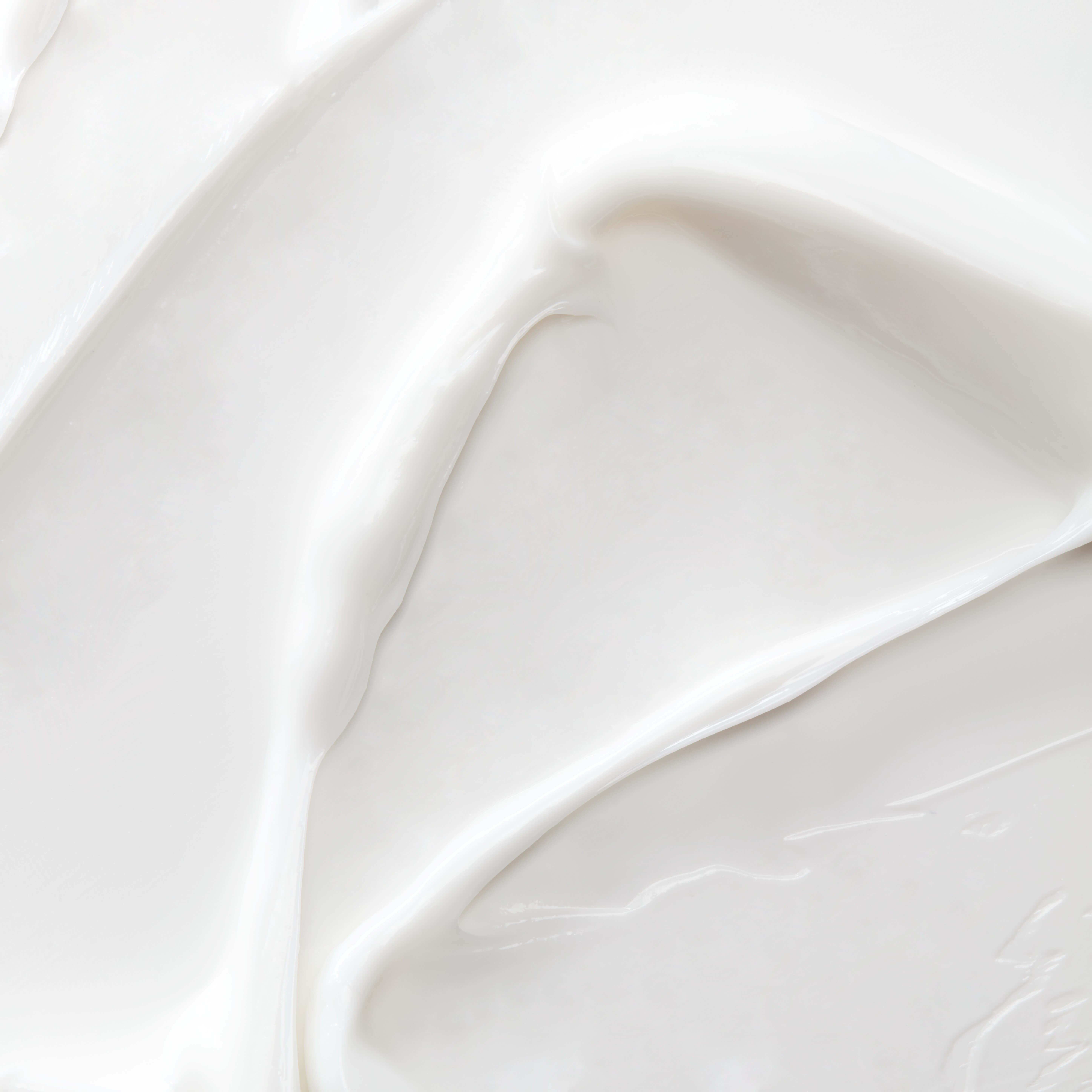
Squalane is mainly used in skincare and make-up products . It produces creamy formulas that combine hydration, sensory appeal and skin protection.


